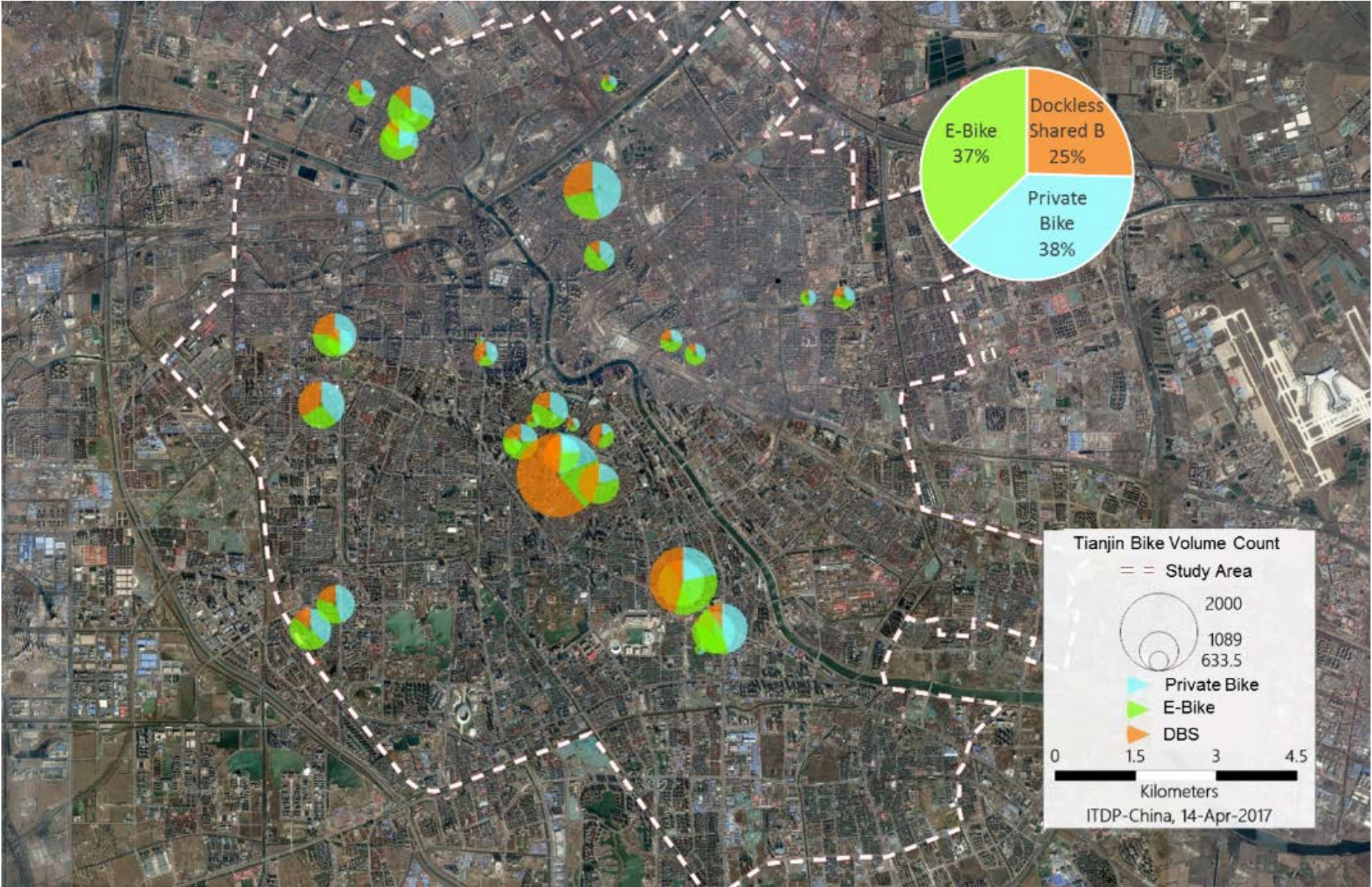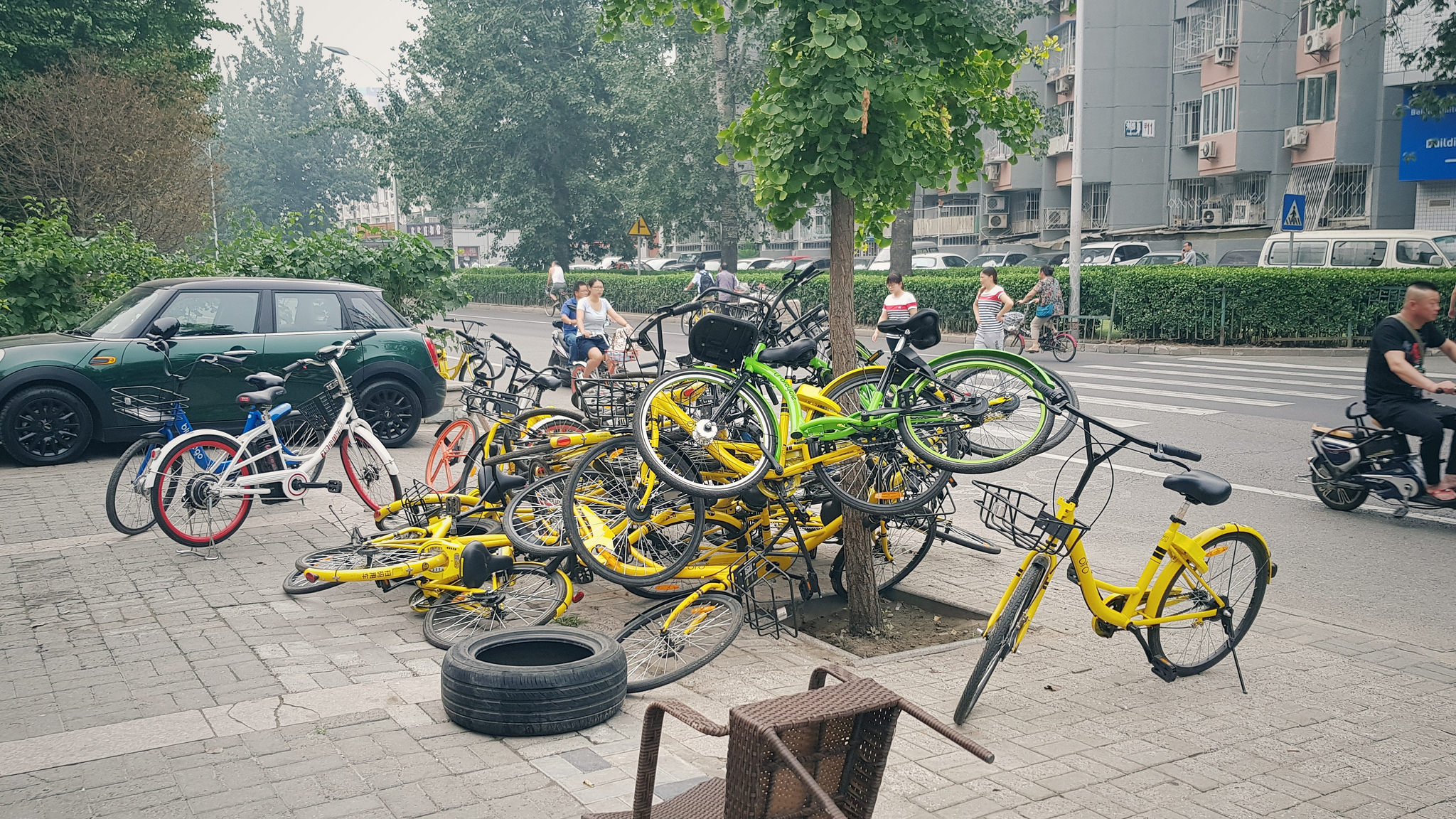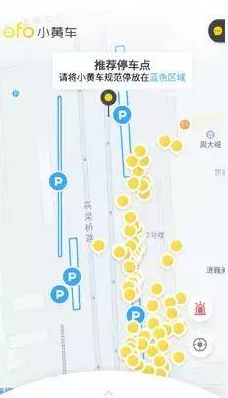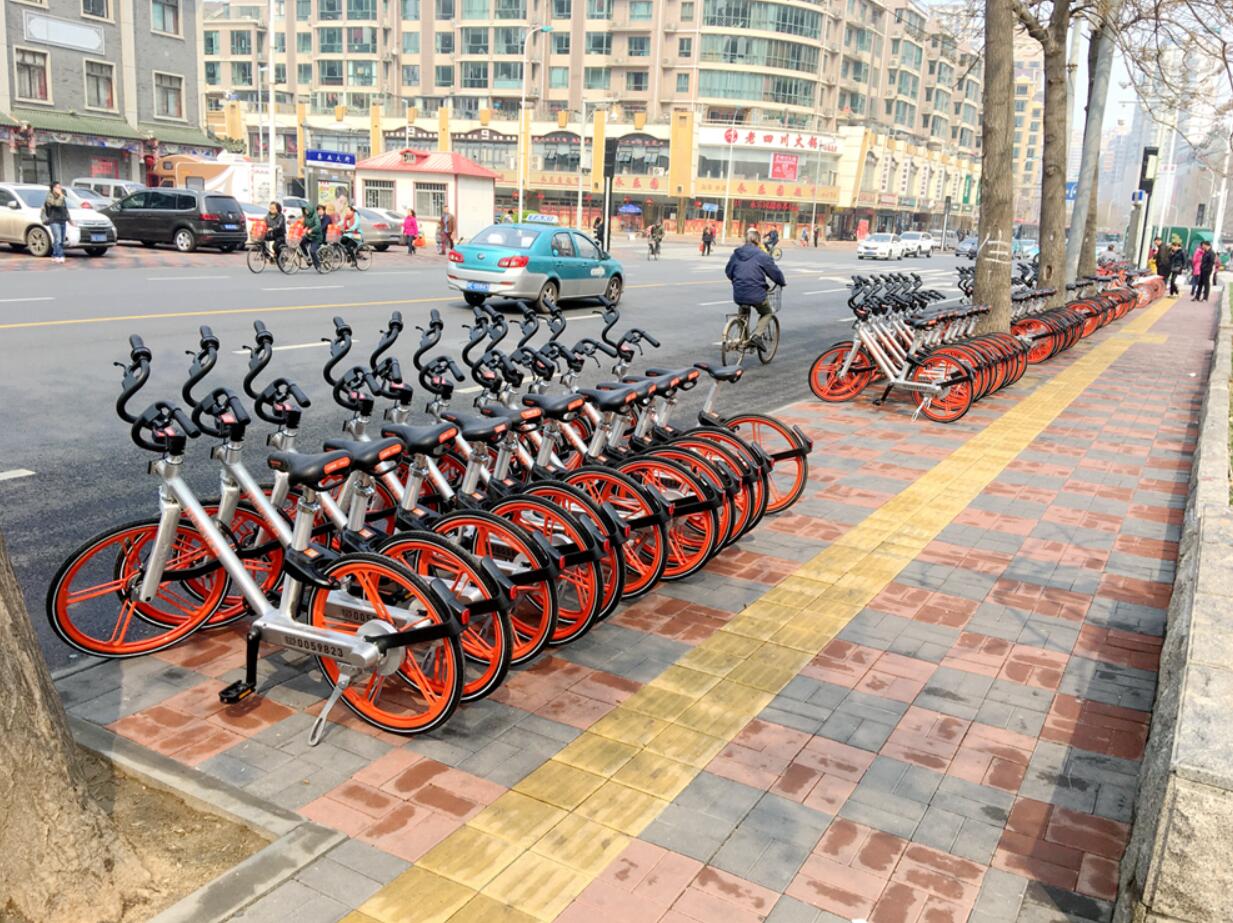Tianjin provides an early example of a city’s experience with unregulated dockless bikeshare, followed by efforts to regulate it. This post summarizes forthcoming research by ITDP China about dockless bikeshare in Tianjin, including important lessons for the rest of the world.
A Legacy of Bike Manufacturing
Tianjin, one of the four municipalities directly under the administration of the central government in China, is adjacent to the capital Beijing. With a population of more than 15 million, it is the largest port city in northern China and the key to the sea. By the 1970s, Tianjin was the largest bicycle manufacturer in China, led by the famous Flying Pigeon Bicycle Company which created the first ever Chinese-produced bicycle. During this time, the bicycle became the most convenient and used transportation mode in the city.
Starting in the 1990’s, rapid motorization in Tianjin began to deteriorate the travel environment for bicycles. In recent years, however, the Tianjin government developed a series of plans to improve the city’s public transportation system by adding metro lines and dedicated lanes for buses, as well as plans that promote walking and biking. Starting in 2010, Tianjin piloted some small scale bikeshare systems in the outer districts of the city, but none of these were operational in the main city area. Planning for a station-based bikeshare pilot in the Tianjin city area was included in a 2015 proposal compiled with The World Bank, but has not yet been implemented.
Dockless Bikeshare Renews Demand for Bikes
The dockless bikeshare revolution began in 2016 and quickly spread across China, with operators Coolqi and Quickto Bike officially launching in Tianjin in January 2017. Within three months, ofo, Mobike, Youon (now merged with Hellobike), and others started operations, bringing more than 300,000 dockless shared bikes to the city. With renewed demand – now from dockless operators – for hundreds of thousands of bikes, Tianjin re-established itself as the largest bicycle manufacturer in the country. The city is now home to 1,000 bike and more than 700 spare parts manufacturers.
Within months of launching, dockless bikeshare – characterized by its inexpensive cost per ride – became a very popular mobility option for people in China. According to an April 2017 survey conducted by ITDP China, one out of every four bike trips in Tianjin was made with a dockless bike.
Tianjin Takes Action to Regulate Dockless Bikeshare
Dockless bikeshare operators, in an effort to quickly gain market share, flooded cities with hundreds of thousands of bikes. Waiting to be used, scores of bikes occupied large swaths of public space, especially around transit hubs. And while bicycle use increased markedly, the oversupply of dockless bikes presented challenges in Tianjin and other cities, including blocked sidewalks and public spaces, as well as vandalism of the bikes themselves.
After several months of complaints about these growing issues and following a decision by the national Ministry of Transport to give cities the authority to manage dockless bikeshare, municipal officials in Tianjin decided to draft regulations. In May 2017, Tianjin’s Transport Commission, along with a variety of related municipal agencies, published the Tianjin Internet Rental Bike Management Interim Measures, a set of regulations defining roles and responsibilities for operators, users, and the government itself. Around the same time, Shanghai, Beijing and a half dozen other Chinese cities also began to draft regulations to better manage their public space, protect users, and require operators to improve response times to broken and misparked bikes. Tianjin’s regulations went into effect in October 2017.
Tianjin’s Interim Measures seek to minimize some of the most significant issues related to dockless bikeshare operations by encouraging the following:
Orderly Parking on Sidewalks, Other Public Spaces
Tianjin’s Interim Measures push dockless bikeshare to be developed in a healthy and orderly manner and for any new bikes to adapt to the carrying capacity of city infrastructure to avoid oversupply. But the regulations do not establish a cap on the total number of bikes in operation, nor do they cap the fleet size of individual operators.
In direct response to the bike piles that became a symbol of unregulated dockless bikeshare, Tianjin’s regulations do nudge companies to use geofencing technology to create physical parking areas shown in their apps, and to encourage users to return bikes within those areas. Operators can use incentives such as credits and/or free rides to encourage riders to use designated parking areas. In fact, Mobike has rolled out “preferred locations” for parking in Guangzhou, Singapore, and other cities, rewarding users with credits for ending a trip at these zones. Ofo shows preferred parking zones in-app, however private bikes and electric bikes are also permitted to park in these spaces. While the accuracy of geofencing technology still presents a challenge, this could help to reduce the number of bikes parked on narrow sidewalks blocking the pedestrian right of way, and other instances of disorderly bike parking.
Quality and Timely Maintenance of Dockless Bikes
Tianjin’s Interim Measures call for operators to adhere to specific production, operation and maintenance standards, requiring each bike to be equipped with GPS for real-time locating and to have a service life of three years. The regulations also require companies to establish a mechanism for users to submit service requests, and hire at least one maintenance employee for every 200 bicycles in their fleet. The regulations, however, do not establish an enforcement mechanism to hold operators accountable for these requirements. This will be critical to develop to ensure that operators meet the city’s requirements.
Sharing Standardized Data with the City
Tianjin’s regulations require operators to share data on registered users, bike locations, ridership, and operations with the city’s transportation and traffic administrations through a linked database accessible by both the operator and the city. In early January of this year, the China Academy of Information and Communications Technology built a dockless bikesharing supervisory platform for cities to access operator data. Mobike and ofo have agreed to open up their databases to Chinese city governments to improve the management of dockless bikesharing.
Tianjin, as well as a half dozen other Chinese cities, recently partnered with Mobike to use bikeshare trip data generated from the company’s AI platform, “Magic Cube”, to provide evidence-based support for infrastructure investments, transportation demand management, extending the public transit system, and other local planning decisions.
Transparent and Secure User Deposits
Following a series of bankruptcies in the second half of 2017, concerns began to arise when certain dockless bikeshare operators were hesitant or unable to refund users’ deposits after ceasing operations. Tianjin aims to protect users by requiring that dockless bikeshare operators planning to charge users a deposit establish and use a city-based account for those deposits, and make public the deposit return timeline.
Clear Rules and Enforcement
The Interim Measures establish responsibilities for different city agencies and their roles in managing dockless bikeshare. For example, the Tianjin police department handles bike registration, regulates parking rules (together with the urban administration department), and enforces punishments for rider misuse. Supervising the quality of shared bikes and monitoring market competition is left to the Market Supervision department. Defining roles is important to building government staff capacity to address problems and effectively enforce the regulations.
Tianjin’s rules apply not only to operators, but to users of dockless bikeshare as well. With such a massive increase in bike ridership brought about by the surge in dockless bikeshare, safety on the road has become a major concern, and some cities are seeing upticks in crashes involving cyclists. Tianjin established that users who violate traffic laws will be banned from using dockless bikes for different periods of time. Implemented in August 2017, the system is enforced through an information sharing platform between Tianjin’s Traffic Control Bureau and the dockless bikeshare companies. A traffic officer will write a ticket to a user and record the rider’s information on the platform to confirm their identity as a bikeshare user. Once received, the bikeshare companies will then bar the user from riding for a period of time based on the frequency and number of penalties within a year. The city estimates that, through November 2017, 2,470 users were banned from using dockless bikes for violating traffic laws.
Lessons Learned and Future Planning
When left unregulated, dockless bikeshare in Tianjin and other Chinese cities presented new challenges to urban public space and right of way management. Recognizing this, Tianjin’s Interim Measures compel all dockless bikeshare operators to deliver a minimum level of service that promotes orderly streets, user privacy, and data sharing with the city. Since the regulations were enacted, bike parking has improved, especially in wealthier neighborhoods and around metro stations, schools, hospitals and other key destinations. Incidences of bikes piling up on and blocking sidewalks and bike vandalism have been reduced. With an estimated 20,000 dockless bikes detained by the city due to illegal parking, it is clear that issues remain, but that enforcement is strong. In time, it is hoped that consistent enforcement will reduce instances of improper parking.
In addition to regulating dockless bikeshare operators, the Tianjin Interim Measures suggest including those operators in the planning of future cycling infrastructure. Knowledge sharing and capacity building between city officials and private bikeshare operators could generate stronger links between transportation and public space infrastructure. Including operators in, as well as applying their data to, the siting, planning, and design of this infrastructure could augment its long-term usability. It could also contribute to the overall viability – ease, comfort, and safety – of cycling in Tianjin.
Tianjin’s active involvement to oversee and improve the quality of dockless bikeshare has already begun to achieve many of its goals. If regulations continue to be evaluated and improved, and if the knowledge from private operators helps to inform infrastructure planning, it will help ensure the long-term viability of dockless bikeshare as a sustainable mobility option in the city.







